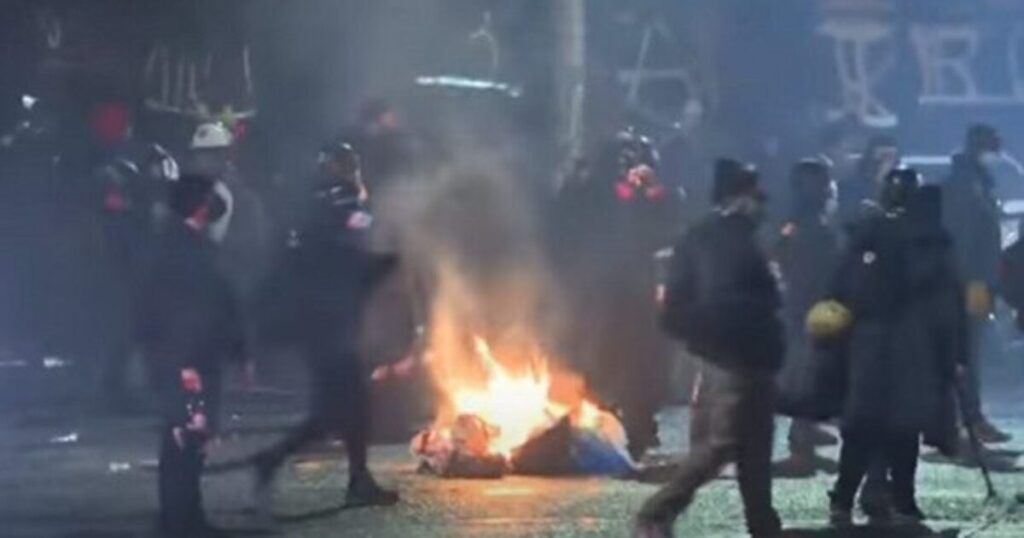The city of Portland, Oregon, is bracing itself for potential unrest as election night approaches, with law enforcement proactively preparing for possible riots, irrespective of the election’s outcome. This situation is seen as part of a troubling trend in Portland, where civil disturbances related to political events have become all too familiar, especially following the contentious elections of 2016 and 2020. The city’s experience with rioting has raised concerns about its normalization, leading to questions regarding its societal implications and the underlying motivations for such behaviors.
In light of these concerns, the Portland Police Bureau has reinstated its Rapid Response Team to address crowd control during the upcoming election. The police chief, Bob Day, has emphasized that this initiative is a response to the history of civil unrest within the city, aiming to prepare law enforcement for any potential crises. More than 50 officers have been undergoing training to ensure they can effectively manage any disturbances that may arise. One officer, Sarah Kerwin, highlighted her dedication to safeguarding the community and emphasized the importance of adaptability in law enforcement’s approach to crowd management.
The commitment to adapting strategies includes the introduction of new protective measures, such as shields designed to protect officers from projectiles which may be used by rioters. The police have learned from past experiences and are preparing for violent opposition by arming themselves with better equipment. The goal is to maintain public order while minimizing the risk to officers on the front lines. This proactive stance is indicative of the broader societal tensions that plague Portland, reflecting the strained relationship between law enforcement and some community members.
Historical context is essential to understanding why the police anticipate unrest this election cycle. The riots following the 2016 and 2020 elections serve as stark reminders of the potential for violence rooted in political disputes. During the 2016 elections, far-left groups were reportedly spurred into action by their discontent with the election results, which they viewed as unjust. Similarly, in 2020, the unrest marked a continuation of that narrative, influencing the willingness of certain groups to engage in civil disobedience. This backdrop complicates the societal landscape in Portland, fostering an environment where political disagreements often escalate into tangible confrontations.
The normalization of riots as a form of political expression raises questions about the extent to which such behaviors are tolerated within the city. Many residents express frustration over the frequency of protests and disturbances, contributing to a growing desire for law and order. The messages echoed by former residents, who cite multiple protests and a lack of accountability as reasons for their departure, underscore this sentiment. There is a palpable fear among law-abiding citizens about the potential for violence that looms large during election seasons.
As Portland prepares for another tense election night, it finds itself at the crossroads of political division and public safety. The city’s efforts to equip law enforcement with the necessary tools to respond to unrest reflects a recognition of past missteps and a commitment to protect those who seek to live peacefully. However, the continued prevalence of protests and civil unrest poses significant challenges to both civic leaders and citizens alike, illustrating the need for dialogue, accountability, and perhaps a reevaluation of how political expression is managed in the public sphere. The hope is that the city can move beyond the cycle of violence and foster a more peaceful coexistence among its diverse communities.

